

Imagine transforming your entire business infrastructure in less time than it takes to brew a cup of coffee. Modular data centers promise exactly that. The flexible, scalable, and cost-effective nature of this transformative technology is catching eyes and turning heads globally. But what are these mysterious modules, and why is the business world abuzz with their potential?
In an era where data is the new oil, scalable IT solutions have never been more critical. Traditional data centers are undergoing a seismic shift as companies seek faster, more adaptable setups. As environmental concerns pressure businesses to innovate, modular data centers seem to hold the key to a sustainable future.
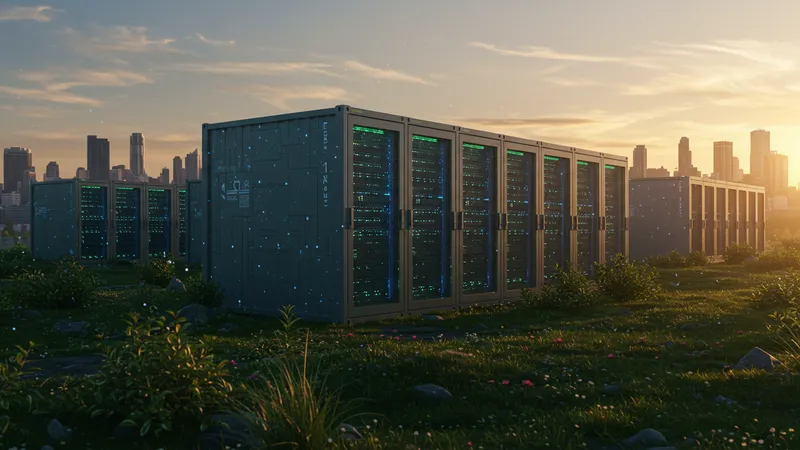
Did you know modular data centers can reduce energy consumption by up to 30% compared to their traditional counterparts? This statistic alone is drawing massive interest. These centers are pre-fabricated units built to meet unique business needs, delivered, and operational in weeks rather than months. But that’s not even the wildest part…
Modular data centers promise a future-proof way to manage the exploding needs of modern businesses. As technology evolves, add-ons can be fitted seamlessly, allowing your infrastructure to grow right alongside your ambitions. Yet the true potential of these structures reaches far beyond flexible growth. What you're about to learn is set to redefine the industry's landscape...
What happens next shocked even the experts. As we dig deeper into the intricacies of modular data centers, prepare to uncover revelations that could alter your business's foundational strategy. Interested in how this scalable infrastructure can change everything you know about data centers? Keep reading…
Do you want your IT infrastructure up and running in days rather than months? With modular data centers, this amazing feat is now a reality. Unlike conventional setups that require extensive construction time, these centers arrive as prefabricated units, ready to snap together like the most satisfying puzzle you've ever solved. This quick-deployment feature isn’t just convenient; it’s revolutionary, turning hype into reality almost overnight.
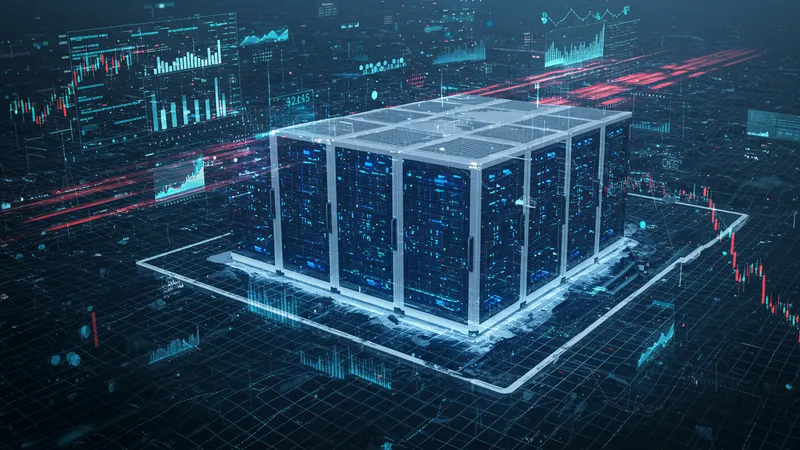
Shocking, isn’t it? But there’s more. The speed of deployment isn't merely a gain in convenience; it offers a massive competitive advantage. Companies can respond faster to market demands and opportunities, deploying resources where they’re needed most. Imagine the benefit of having a robust data infrastructure established before competitors even set their timelines. But there’s one more twist…
One of the most enticing aspects for businesses is the ability to sidestep the typical headaches associated with traditional data construction. Contracts and red tapes that usually burden the construction process are streamlined into an efficient, almost magical, end result. Cost savings and time efficiency are not just added bonuses—they become essential game-changers in strategic planning. Could this signal the end for traditional data centers?
Yet the journey into modular data centers unravels layers of complexities and solutions that are changing the game dramatically. As we venture further, we’ll explore how these dynamic setups bring not just flexibility and speed, but robust security and sustainability that could redefine business as usual. Continue browsing, and arm yourself with the cutting-edge knowledge of what's transforming IT today.
You might think the initial setup of a modular data center seems financially hefty. However, when you dissect the intricate cost benefits, the picture becomes clearer. These centers eliminate the need for a large upfront investment and allow a pay-as-you-grow model. Split cost over time while scaling capabilities—definitively business-friendly.
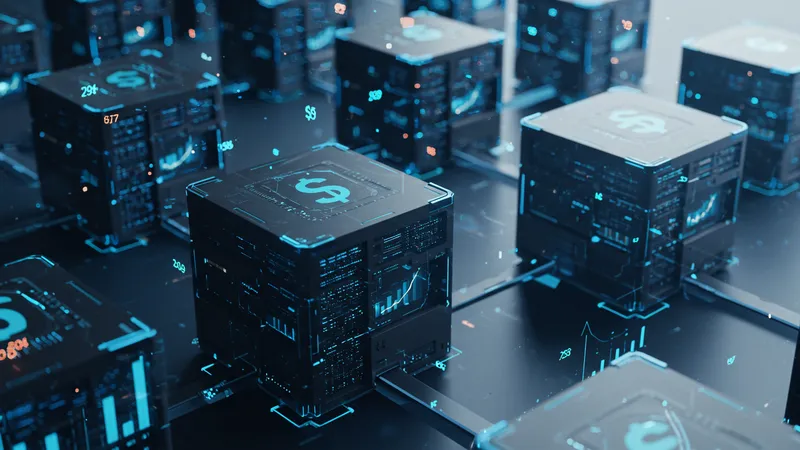
The marvel of modular data centers lies in their ability to consolidate costs, offering a clearer picture of ROI. Forget the labyrinthine overheads of conventional centers. As businesses adapt to a financially uncertain economy, this identified financial ease becomes a crucial anchor point. Yet there’s more beneath the surface...
Many companies often overlook the unforeseen savings in operation and maintenance these centers provide. They are engineered for efficiency, requiring less energy and resulting in lower utility costs. The simplicity and transparency of operational expenditure make them unbeatable from a cost-management perspective. But what you read next might change how you see this forever.
Once skeptical CEOs are now heralding these solutions as revolutionary for modern-day business economics. The potential for economic resilience through modular data centers opens new dialogues in boardrooms globally. This isn't just a fleeting technological trend—it's a necessary evolution in the infrastructure sector. Ready for more revelations?
Imagine a data center tailored explicitly to your business's unique needs, like a bespoke suit for your IT infrastructure. Modular data centers provide exactly this level of customization with a suite of options that can be mixed, matched, and modified. From cooling configurations to power specifications, the possibilities are practically limitless.
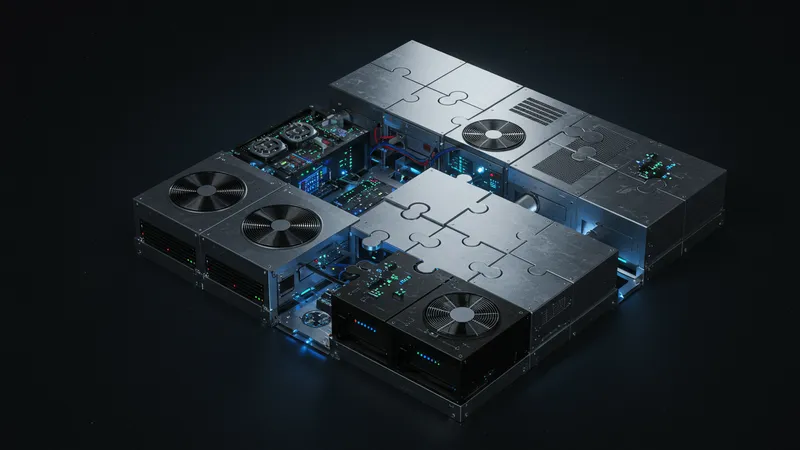
Customization isn’t just a luxury; it’s a necessity in today’s dynamic business environment. Catering to industry-specific demands, such as higher security for financial services or greater energy efficiency for tech innovators, these data centers transform cookie-cutter solutions into handcrafted masterpieces. Yet this isn’t even the whole story.
Such adaptability ensures that organizations can remain nimble, altering their infrastructures swiftly without the constraints of rigid systems. This degree of control empowers businesses to keep pace with or even outpace technological changes. But the surprises keep coming...
The potential for growth and evolution with modular data centers is nothing short of extraordinary. Why settle for one-size-fits-all when you can have an infrastructure that grows, shrinks, moves, and modifies as seamlessly as your business strategy? Explore further to see how deep this rabbit hole goes.
As global consciousness leans towards sustainability, the integration of green technology in modular data centers is nothing short of a dream come true. These centers are designed to be energy-efficient, significantly reducing carbon footprints. By leveraging renewable energy sources, they support a cleaner, more sustainable future.
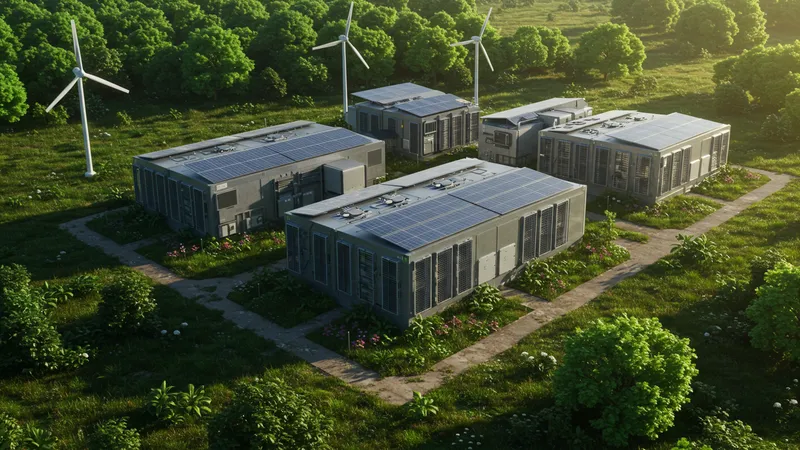
Environmental impacts are rapidly gaining ground as a leading priority for businesses worldwide. Modular data centers’ commitment to sustainability aligns perfectly with current emerging regulatory pressures and the enduring societal push towards eco-friendly practices. But there's more to this green revolution than meets the eye.
Implementation of efficient cooling systems and optimized energy management are key strengths of these centers. The resulting lower emissions and energy expenditures represent not only cost savings but an ethical step forward. This sustainable edge is playing a huge as-yet-unseen role in global branding efforts. Curious what this means on a corporate level?
The willingness to adopt modular data centers speaks volumes about a company's values and forward-thinking nature. This sustainable infrastructure not only aligns with business goals but enhances corporate responsibility practices. Peek beyond the curtain to learn about further transformational impacts these centers offer.
Amid a digital age brimming with cyber threats, security in data management remains paramount. Modular data centers have reimagined security, embedding it into their very core. The use of advanced biotech systems, real-time monitoring, and next-gen encryption standards, fortify these centers like never before.
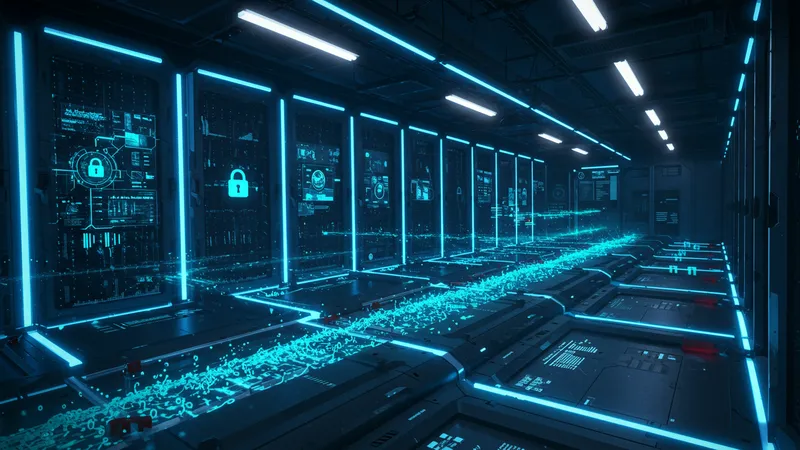
The architectural design of modular data centers inherently supports a more secure framework. Segmented, isolated modules ensure that breaches are contained—and often prevented altogether. This compartmentalization is a game-changer, offering a level of security traditional data centers can only dream of. But it gets better.
The enhanced security features extend to include integrated AI systems that can predict and mitigate threats instantaneously. This proactivity represents a seismic shift from reactive to preventative security measures. What other sectors are about to discover might change the security narrative for years.
The ripple effect of integrating such advanced protective measures means businesses can operate with increased confidence and reduced risk. The opportunity to learn from and adapt these systems is creating waves across industries. Eager to dive deeper into the labyrinth of layered security?
Picture having the ability to move your data infrastructure to any location effortlessly. Modular data centers are designed for flexibility, allowing companies to place their data hubs exactly where they need them most. This ensures closer proximity to core operations, reducing latency and upholding efficiency standards.

This geographical agility provides a powerful answer to natural and man-made disruptions. When disaster strikes, these mobile centers can quickly be relocated or expanded to support high-demand areas, keeping operations seamless. Yet, this advantage brings even more to the table-keeping abreast with modern business agility.
The choice of location isn’t just about logistics; it influences cost, security, and operational efficiency. Imagine choosing an isolated area for reduced risk or an urban center for better connectivity—the choice lies in your hands. But, as always, there’s more to uncover...
The new possibilities born from such flexibility empower organizations to pivot, adapt, and thrive regardless of challenges presented by their environment. Discover how this flexibility is setting new benchmarks in the realm of data management and deployment by turning the page now.
Can modular data centers withstand the rigors of extreme environments? Thanks to their robust design, these structures operate efficiently even under the harshest conditions. Customized cooling, weather-resistant exteriors, and reinforced structures ensure that these centers run seamlessly in tropical heat, Arctic chills, and anywhere in between.

The robust nature of these facilities translates into significant operational boosts, keeping businesses running without hiccups. This unparalleled resilience positions your data infrastructure as a cornerstone of reliable business practices, removing one more worry from your strategic planning. Curious about what's next?
Such impressive capabilities aren’t limited to survivability alone; they’re deeply tied to performance optimization. Tailored to thrive under pressure, these centers maintain efficiency, prevent overheating, and safeguard sensitive components. The secret? It lies in the heart of these designs, which we'll reveal soon.
Imagine having confidence that your data operations are impervious to external chaos. This peace of mind lets businesses focus on growth and innovation, not on potential environmental challenges. The layers of security and resilience are all set to be peeled away—stay tuned for a deep dive into the intricacies.
Latency reduction is a critical concern in the fast-paced digital world. Modular data centers can be deployed closer to user bases, reducing data travel time and significantly cutting down latency. This close-knit structure isn't just a buzzword—it's a tangible boost for user experience.
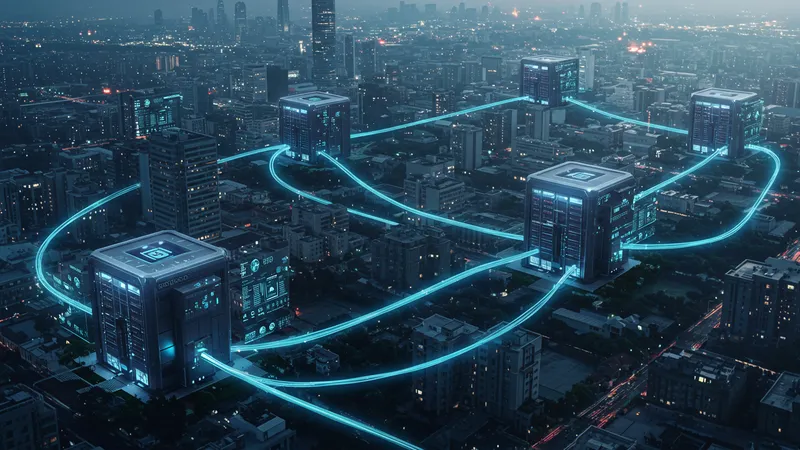
The proximity of data storage impacts business operations deeply, which is why modular centers adapt by being wherever they need to be. Businesses are now empowered to optimally place infrastructure, avoiding traditional geographical constraints.
The approach doesn't merely offer speed but fosters a seamless customer experience businesses are striving to achieve. And the kicker? This strategy is gaining momentum across tech sectors looking to perfect the art of user satisfaction.
The implications of reduced latency are far-reaching. Throughout industries, businesses recognize the critical nature of ultra-fast data access as a competitive differentiator. Unravel more secrets by continuing onto the next reveal.
When business operations scale rapidly, can your infrastructure keep up? With modular data centers, expanding capacity is as simple as adding another module. The seamless scalability afforded by these centers is their unique selling proposition. Gone are the days of upheaving entire systems for expansion.
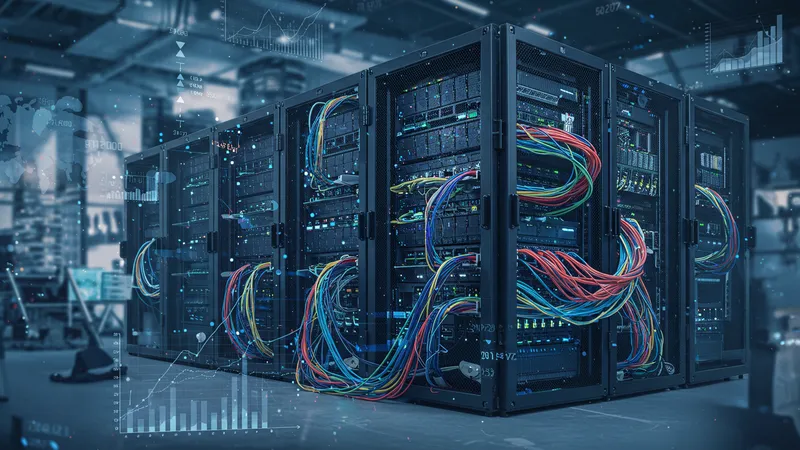
This freedom to expand in alignment with business needs, current and future, paints a refreshing picture of long-term strategy. The practical ramifications are vital to any rapidly growing company—think startups executing lightning-speed growth or conglomerates rolling out new services. There’s more behind the facade...
Scalability represents financial prudence and strategic agility, allowing organizations to evolve without overwhelming initial financial burdens. When each step is calculated, fiscal foresight aligns with infrastructural upgrades. Interested in the practical details of how businesses leverage this capability?
The choice to embolden future capacity without maintaining unneeded excess is revolutionary. Companies recognize the value in achieving a perfect balance, reflecting modern organizational philosophies. This insight will unfurl in its entirety as we quickly dive further into improvements that redefine scalability as we know it.
Worried about how these cutting-edge data centers meld with pre-existing systems? Modular data centers offer seamless integration into current IT frameworks, making transitions smooth and disruption-free. Compatibility is engineered into the core design, allowing for graceful transitions in unprecedented ways.
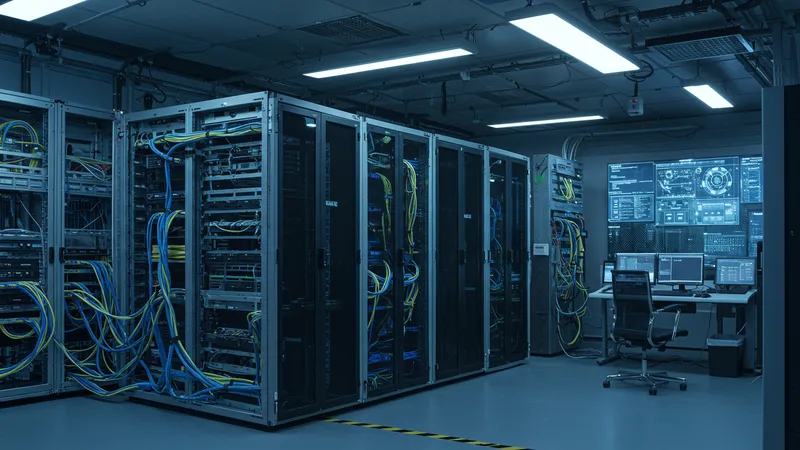
The trickle-down effect reaches all layers of an organization, reducing the learning curve and minimizing disruption. This compatibility assures businesses that they're investing not just in space but in cohesion. Yet, there lurks an unexpected dimension within this narrative...
Emulation with existing enterprise-level tech allows firms to synchronize new infrastructures without halting ongoing operations. This integration isn’t merely an accessory—it’s strategic equilibrium in action. The deeper relationship between existing systems and new ecosystems reveals further intricacies.
These crucial relationships determine how operations evolve, fostering operational harmony. As you turn the page, prepare to delve into the intricacies and implications of aligning modular systems with well-established technology ecosystems. The next bout of knowledge awaits you.
As the Internet of Things (IoT) revolutionizes daily interactions, how do modular data centers contribute? This dynamic duo is powering modern digital convergence. By efficiently handling increased connectivity, predictive analytics, and enormous data loads, modular centers optimize IoT functionality.
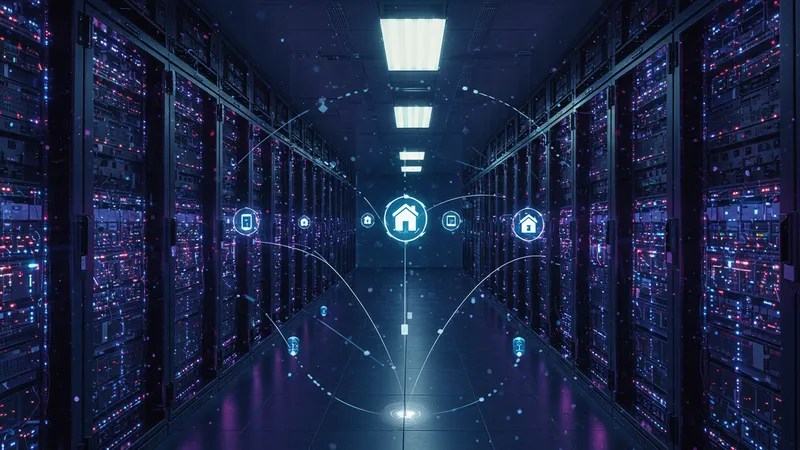
The symbiotic relationship between these entities lets companies capitalize on the IoT's transformative power. Modular centers enhance connectivity, ensuring IoT devices communicate faster and more reliably. But this is just the start of a multifaceted transformation.
Efficiency isn't the sole benefit. Enhanced data analysis capabilities mean IoT-generated data fuels insights faster, pushing boundaries in predictive technologies. The synthesis of IoT with modular centers extends far deeper into business layers than observed on the surface.
Businesses positioning for the IoT wave recognize these centers' role in seamless, scalable operation. What happens when core components fuse to empower the next tech leap? With an eye on upcoming possibilities, forge ahead to uncover how this powerful conjunction is sculpting new business intelligence terrains.
In a world leaning heavily on real-time data processing, how do modular data centers support edge computing? By bringing processing power closer to data sources, these centers drastically reduce latency and enhance service delivery.
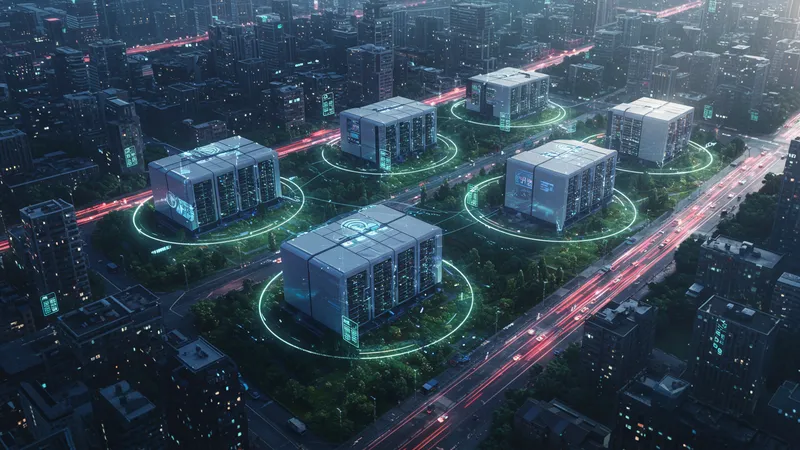
Placement proximity of modular data centers means computations occur near data collection points, reducing the reliance on centralized data centers. A brilliant enhancement for any organization aiming for speed and efficiency. But hold your breath, as there's a masterstroke waiting beyond.
The accelerated data flow management allows businesses to thrive in environments where seconds can determine success. From self-driving cars to real-time analytics, the demand for quick responses drives this integration, manifesting disruptive change across industries.
The integration is more than geographical; it sets the stage for high-capacity, low-latency pipelines shaping future applications. Explore how these next-gen systems are redefining edge computing, setting new benchmarks for real-time digital experiences.
Modular data centers are redefining business models around the world. By enabling cost-effective scalability, faster deployment, and robust security, these centers provide companies with an agile infrastructure base that impacts every level of business planning.
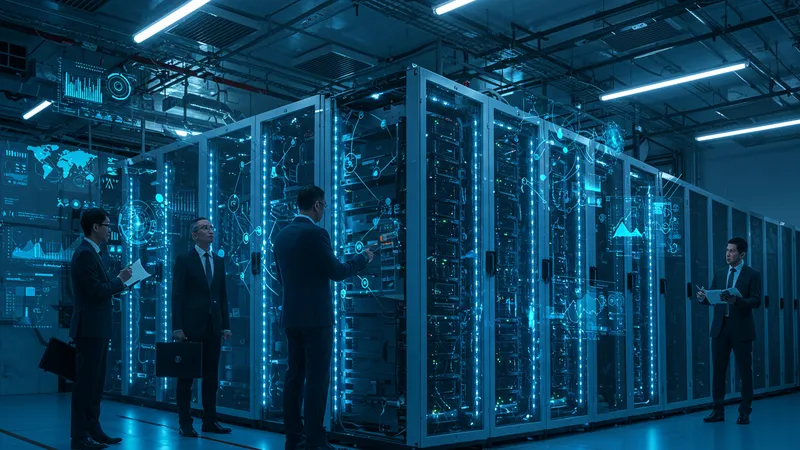
This transformation isn't just technical; it's creating new business dynamics where companies operate more fluidly, controlling resources with precision. Traditional business models are being shelved in favor of configurations that allow for relentless growth and timely pivots.
The analytical power at hand with modular centers allows for data-informed strategic shifts, yielding meaningful insights into revenue generation and client engagement. Consider the profound implications and as you digest this next piece, realize that the transformation of strategy is inextricably linked to this infrastructure.
The result? A new paradigm in operational resilience and market adaptability, transforming how decisions are informed by strategic intelligence. Move forward as we illuminate how embracing modularity can evolve businesses in real-time, sparking innovative visions across sectors.
Artificial Intelligence (AI) is reshaping how modular data centers operate, introducing automation and predictive capabilities that refine and revolutionize operations. With AI-driven systems, data centers adapt to changing demands seamlessly, preemptively responding to needs.

These centers aren't just passive, reactive structures; AI integration brings them to life, optimizing energy use, and managing workloads efficiently through real-time data. There's a wealth of innovation just beyond our current conception.
Proactive monitoring fueled by AI enables businesses to manage assets efficiently, allowing for predictive maintenance and reducing downtime. But the ripple effects of AI reach deep into technological ecosystems, fundamentally challenging how they interact with operational goals.
The landscape of modular infrastructures augmented by AI lays the groundwork for future advancements in digital infrastructure and management. With AI at the forefront of what lies ahead, consider how data intelligence is poised to elevate business processes and outcomes. Turn the page to explore AI's role in greater depth.
Modular data centers aren't merely technological advances—they represent strategic shifts in business consciousness. These centers symbolize an eagerness to adopt smarter infrastructures enabling robust planning and agile decision-making, reflecting a deeper organizational change.
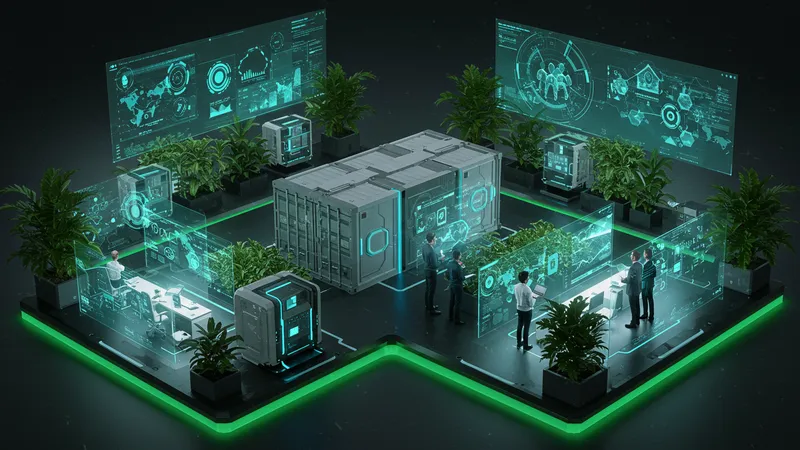
The adoption of modular configurations is more than logistical; it's philosophical, affecting how leadership perceives and tackles future challenges. Tackling the complexities of modern digital landscapes, this transition asks: can we innovate beyond infrastructure?
This philosophical shift equates to a silent revolution, empowering managers to utilize data intelligently while engaging with forward-thinking technological paradigms. Yet, what lies beneath these patterns of change continues to inspire further exploration.
Consider your organization part of the vanguard in elevating business practices beyond traditional models. From infrastructures to philosophies, the journey into modular data centers empowers new landscapes of opportunities. As our exploration concludes, reflect on how your business can embrace this movement and contribute to the future of digital transformation.
The rise of modular data centers marks the dawn of a new era in IT infrastructure, promising endless growth and adaptability. Corporations are no longer content with traditional constraints—forward-looking businesses are leveraging innovations to redefine what is possible. This rapid evolution sends a clear message: it’s time to consider how your strategy aligns with—and benefits from—a modular future.
So, what's next in this journey you ask? Let’s not just read about change—let’s be the change. Share this revelation, bookmark the potential, and step into a world where digital environments are as dynamic as the businesses they support. Be part of a movement that stretches beyond bounds, inspiring innovation at every turn. How will you harness the power before you?